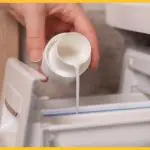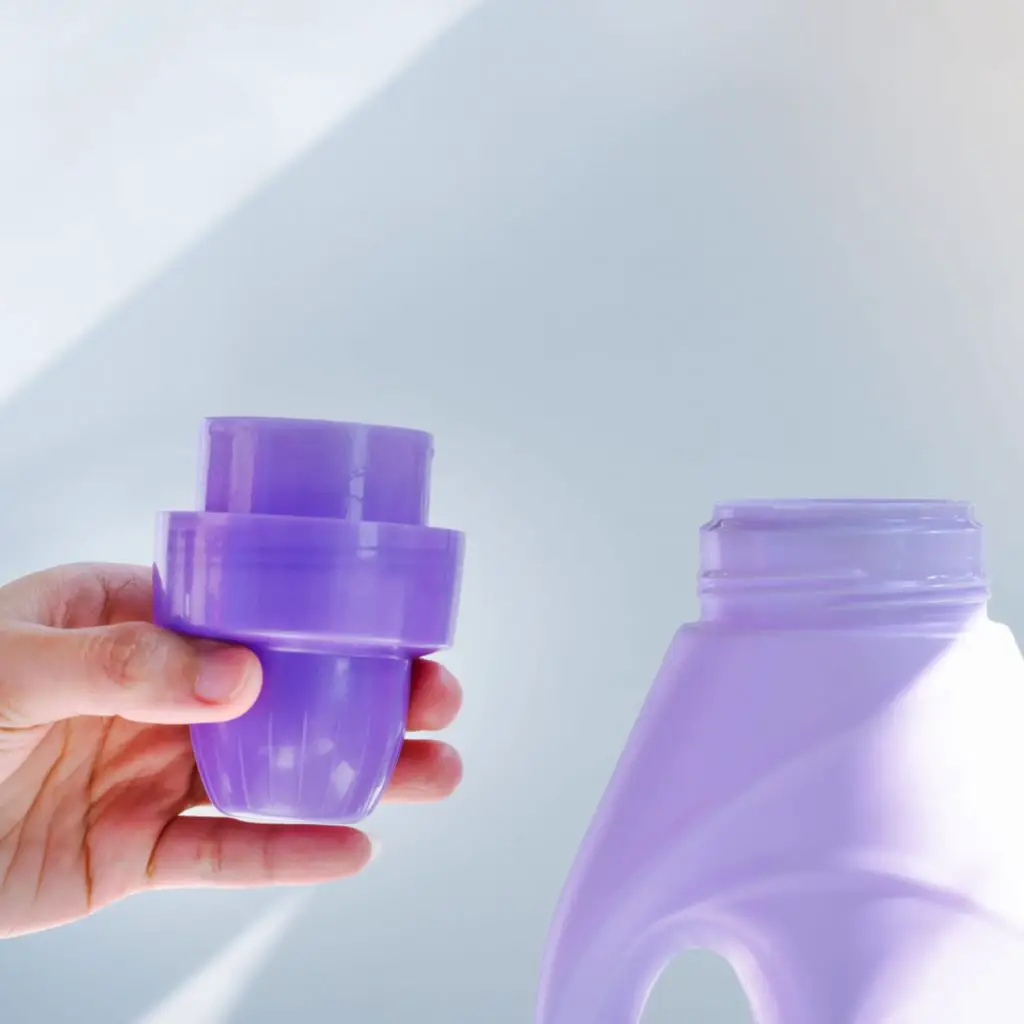You’ve just bought a new piece of clothing and you’re ready to wash it for the first time. You read the care label, and it says not to use fabric softener. But you’ve always used fabric softener! What will happen if you use it this time? Will your clothes be ruined?
Read on to find out what happens if you use fabric softener on fabric that says not to. Spoiler alert: it’s not as bad as you think!
Table of Contents
Key Points
Fabric softener is a product that is typically used in laundry to soften clothes and make them smell fresher. If you use fabric softener on fabric that says not to, your clothes may become less absorbent, less breathable or more prone to staining.
Fabric softener can clog microfiber and reduce their ability to do their job. Sportswear, towels and cloths should be washed with detergent and skip fabric softener altogether.
What Is Fabric Softener?
Fabric softener is a product that is typically used in the laundry to soften clothes and make them smell fresher. Fabric softener can be in liquid or sheet form, and is usually added to the laundry during the rinse cycle.
Most fabric softeners contain lubricants and surfactants that coat the fabric and make it feel softer. Some also contain fragrances that leave a pleasant scent on your clothes. However, these ingredients can also build up on fabrics over time and make them feel less absorbent.
Dryer Sheets
Dryer sheets are small pieces of fabric that are used in a clothes dryer to help reduce static cling and wrinkles. They can also help to keep your laundry smelling fresh. Dryer sheets are available in both scented and unscented varieties.
What Happens If I Use Fabric Softener on Fabric That Says Not to?
If you use fabric softener on fabric that says not to, the following may happen:
- The fabrics may become less absorbent. This means that they will be less able to wick away sweat and other moisture from your body.
- The fabrics may become more susceptible to staining.
- The fabrics may become less breathable, trapping heat and moisture against your skin.
- The fabrics may break down more quickly over time.
However, it’s important to keep in mind that these effects may not be permanent. If you notice any of these changes after using fabric softener on fabrics that say not to, try washing them again without fabric softener.
In most cases, the effects should reverse themselves after one or two washes.
How to Repair Fabric Damaged by Fabric Softener
If your clothes are damaged by fabric softener, there are a few things you can do to try to repair them:
But first it’s important to allow the residues left behind by fabric softener to dissipate before attempting any repairs.
Once the residues have dissipated, you can begin repairing the damage using one or more of the following methods:
Washing in vinegar: Add 1 cup of vinegar to your washing machine’s rinse cycle. The vinegar will help remove residues and restore the fabric’s absorbency.
Washing in baking soda: Add 1 cup of baking soda to your washing machine’s rinse cycle. The baking soda will help remove residues and brighten the fabric.
Washing in salt: Add 1 cup of salt to your washing machine’s rinse cycle. The salt will help remove residues and set colors.
Handwashing: If the damage is localized (e.g., a shirt with a small stain), you can try handwashing the garment in lukewarm water with a mild detergent. Gently rub the stained area with your fingers or a soft-bristled brush until the stain disappears. Rinse well and air dry.”
Dry cleaning: If all else fails, you can take the garment to a professional dry cleaner for repair.
Fabrics that You Should Not Use Fabric Softener
Microfiber. What’s great about microfiber is that its intricate threads have the ability to trap dust and absorb spills. However, those same features make it susceptible to fabric softener build-up.
Over time, that build-up will clog the microfibers and reduce their ability to do their job. So, what’s the solution? For your microfiber towels and clothes, simply wash them with detergent and skip the fabric softener altogether.
Sportswear. Most athletic wear these days is made from synthetic materials like polyester and nylon. These fabrics are designed to wick moisture away from your skin to keep you cool and dry during your workout.
However, fabric softener will coat those same fabrics and prevent them from doing their job. In fact, fabric softener can actually lead to an increase in bacterial growth, which is the last thing you want when you’re trying to stay healthy. So, if you want your sportswear to perform at its best, skip the fabric softener.
Towels. Towels are another type of fabric that relies on tiny fibers to do their job. Just like with microfiber cloths, those same features make towels susceptible to fabric softener build-up.
Over time, that build-up will reduce the towel’s effectiveness and cause it to smell musty. If you want your towels to stay fresh and fluffy, wash them with detergent and skip the fabric softener altogether.
Flame-resistant clothing. Non flammable orFlame-resistant clothing is specially treated to resist ignition and self-extinguish if it does catch fire. However, fabric softener will coat the fibers of the clothing and prevent them from doing their job properly.
If you want your flame-resistant clothing to perform as intended, skip the fabric softener and wash it with detergent only.
Water-repellent fabric. Water-repellent fabrics are treated with a durable water repellent (DWR) finish that causes water to bead up and roll off instead of soaking into the fabric. However, over time, that DWR finish will break down and needs to be reapplied. but using fabric softener will actually prevent the DWR finish from adhering properly! So, if you want your water-repellent clothing to stay waterproof, skip the fabric softener and wash it with detergent only..
Conclusion
It’s generally not a good idea to use fabric softener on fabrics that say not to. However, if you do accidentally use it on such fabrics, the effects are usually not permanent and can be reversed with one or two additional washes without fabric softener. So don’t panic if you make this mistake—your clothes will be just fine!
- What Is the Thread Count on My Pillow Percale Sheets? - July 14, 2025
- Percale vs. Giza Sheets: What’s the Difference in Quality? - July 14, 2025
- What Is Percale Fabric Made Of? The Simple Answer - July 14, 2025





